Damien Scieur
DMA, CIMS
Understanding Adam Requires Better Rotation Dependent Assumptions
Oct 25, 2024



Abstract:Despite its widespread adoption, Adam's advantage over Stochastic Gradient Descent (SGD) lacks a comprehensive theoretical explanation. This paper investigates Adam's sensitivity to rotations of the parameter space. We demonstrate that Adam's performance in training transformers degrades under random rotations of the parameter space, indicating a crucial sensitivity to the choice of basis. This reveals that conventional rotation-invariant assumptions are insufficient to capture Adam's advantages theoretically. To better understand the rotation-dependent properties that benefit Adam, we also identify structured rotations that preserve or even enhance its empirical performance. We then examine the rotation-dependent assumptions in the literature, evaluating their adequacy in explaining Adam's behavior across various rotation types. This work highlights the need for new, rotation-dependent theoretical frameworks to fully understand Adam's empirical success in modern machine learning tasks.
SING: A Plug-and-Play DNN Learning Technique
May 25, 2023Abstract:We propose SING (StabIlized and Normalized Gradient), a plug-and-play technique that improves the stability and generalization of the Adam(W) optimizer. SING is straightforward to implement and has minimal computational overhead, requiring only a layer-wise standardization of the gradients fed to Adam(W) without introducing additional hyper-parameters. We support the effectiveness and practicality of the proposed approach by showing improved results on a wide range of architectures, problems (such as image classification, depth estimation, and natural language processing), and in combination with other optimizers. We provide a theoretical analysis of the convergence of the method, and we show that by virtue of the standardization, SING can escape local minima narrower than a threshold that is inversely proportional to the network's depth.
The Curse of Unrolling: Rate of Differentiating Through Optimization
Sep 27, 2022
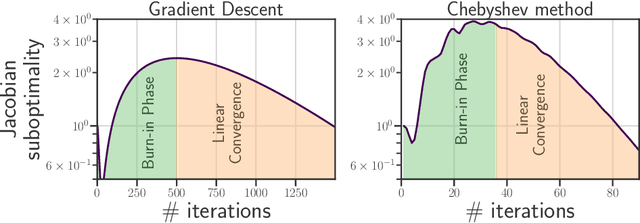
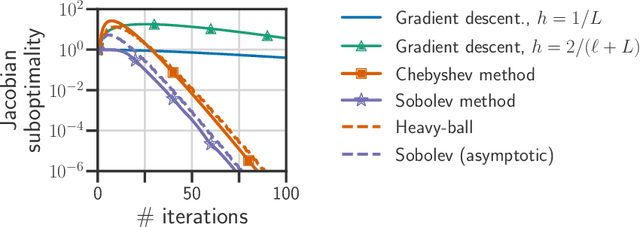

Abstract:Computing the Jacobian of the solution of an optimization problem is a central problem in machine learning, with applications in hyperparameter optimization, meta-learning, optimization as a layer, and dataset distillation, to name a few. Unrolled differentiation is a popular heuristic that approximates the solution using an iterative solver and differentiates it through the computational path. This work provides a non-asymptotic convergence-rate analysis of this approach on quadratic objectives for gradient descent and the Chebyshev method. We show that to ensure convergence of the Jacobian, we can either 1) choose a large learning rate leading to a fast asymptotic convergence but accept that the algorithm may have an arbitrarily long burn-in phase or 2) choose a smaller learning rate leading to an immediate but slower convergence. We refer to this phenomenon as the curse of unrolling. Finally, we discuss open problems relative to this approach, such as deriving a practical update rule for the optimal unrolling strategy and making novel connections with the field of Sobolev orthogonal polynomials.
Only Tails Matter: Average-Case Universality and Robustness in the Convex Regime
Jun 22, 2022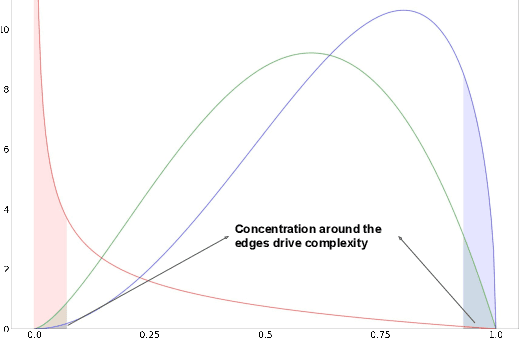
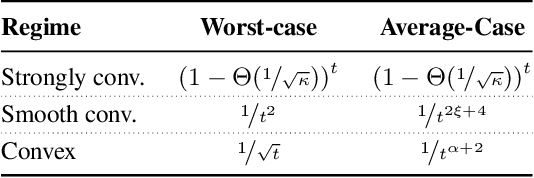
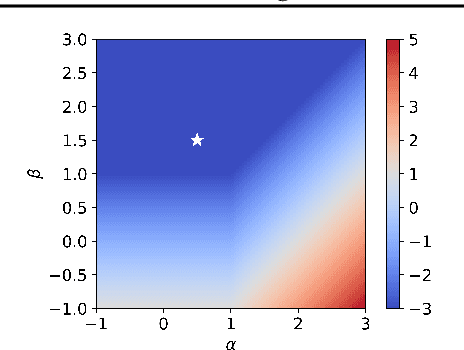
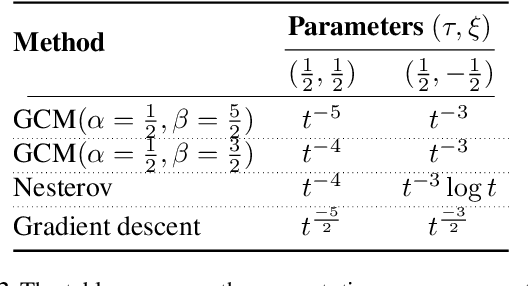
Abstract:The recently developed average-case analysis of optimization methods allows a more fine-grained and representative convergence analysis than usual worst-case results. In exchange, this analysis requires a more precise hypothesis over the data generating process, namely assuming knowledge of the expected spectral distribution (ESD) of the random matrix associated with the problem. This work shows that the concentration of eigenvalues near the edges of the ESD determines a problem's asymptotic average complexity. This a priori information on this concentration is a more grounded assumption than complete knowledge of the ESD. This approximate concentration is effectively a middle ground between the coarseness of the worst-case scenario convergence and the restrictive previous average-case analysis. We also introduce the Generalized Chebyshev method, asymptotically optimal under a hypothesis on this concentration and globally optimal when the ESD follows a Beta distribution. We compare its performance to classical optimization algorithms, such as gradient descent or Nesterov's scheme, and we show that, in the average-case context, Nesterov's method is universally nearly optimal asymptotically.
Convergence Rates for the MAP of an Exponential Family and Stochastic Mirror Descent -- an Open Problem
Nov 12, 2021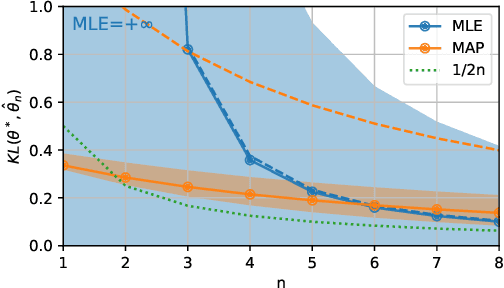


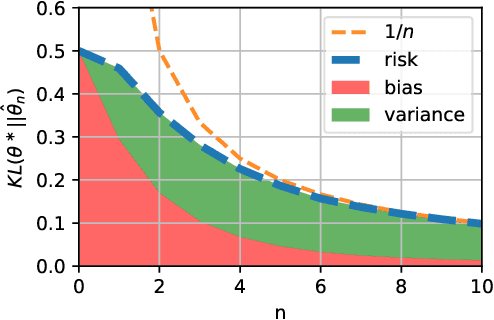
Abstract:We consider the problem of upper bounding the expected log-likelihood sub-optimality of the maximum likelihood estimate (MLE), or a conjugate maximum a posteriori (MAP) for an exponential family, in a non-asymptotic way. Surprisingly, we found no general solution to this problem in the literature. In particular, current theories do not hold for a Gaussian or in the interesting few samples regime. After exhibiting various facets of the problem, we show we can interpret the MAP as running stochastic mirror descent (SMD) on the log-likelihood. However, modern convergence results do not apply for standard examples of the exponential family, highlighting holes in the convergence literature. We believe solving this very fundamental problem may bring progress to both the statistics and optimization communities.
Connecting Sphere Manifolds Hierarchically for Regularization
Jun 25, 2021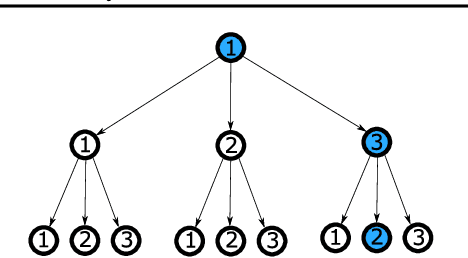
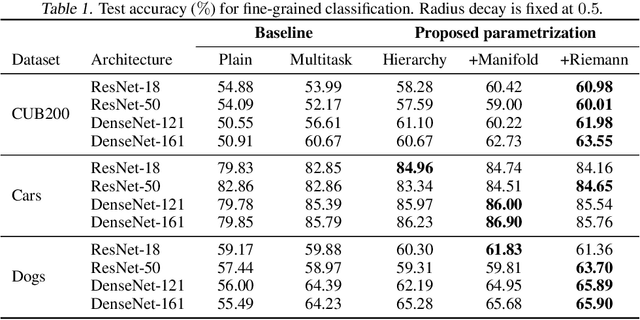
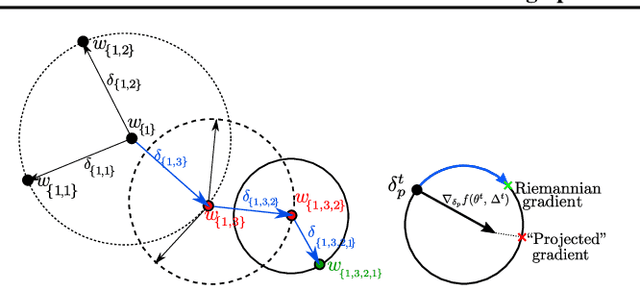
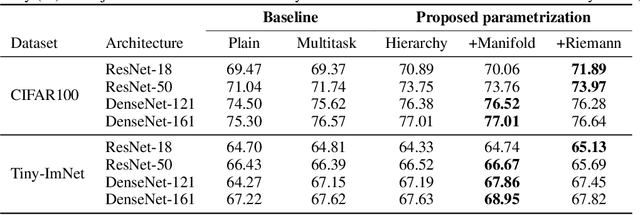
Abstract:This paper considers classification problems with hierarchically organized classes. We force the classifier (hyperplane) of each class to belong to a sphere manifold, whose center is the classifier of its super-class. Then, individual sphere manifolds are connected based on their hierarchical relations. Our technique replaces the last layer of a neural network by combining a spherical fully-connected layer with a hierarchical layer. This regularization is shown to improve the performance of widely used deep neural network architectures (ResNet and DenseNet) on publicly available datasets (CIFAR100, CUB200, Stanford dogs, Stanford cars, and Tiny-ImageNet).
Acceleration Methods
Jan 23, 2021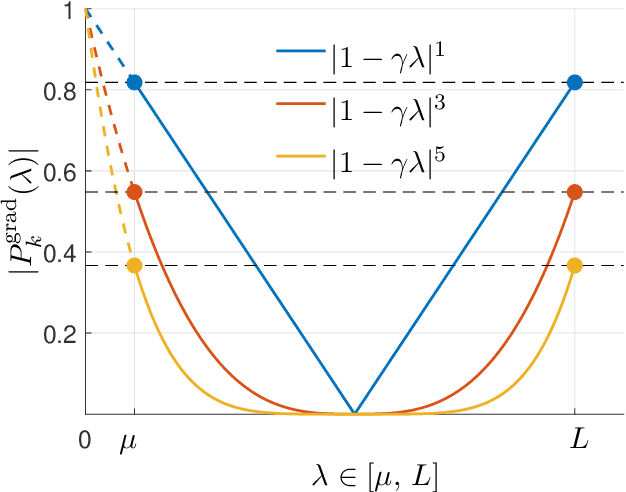
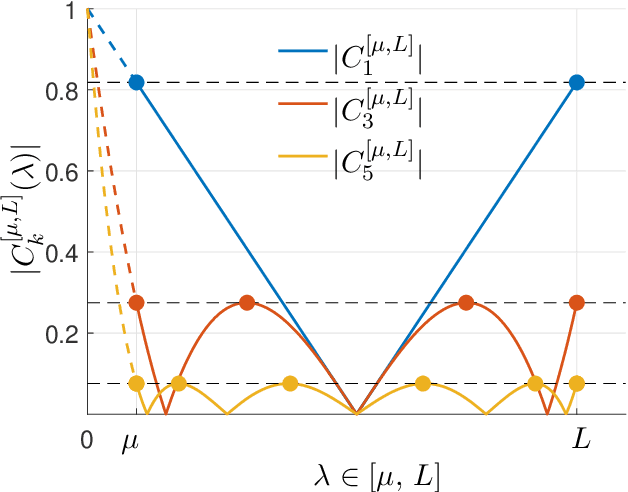
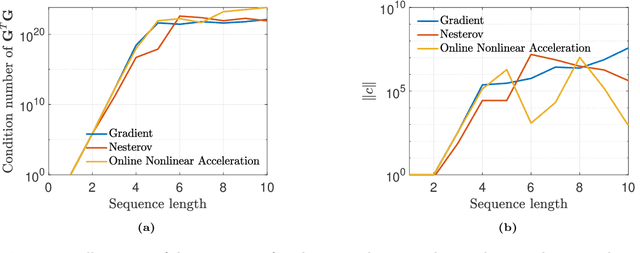

Abstract:This monograph covers some recent advances on a range of acceleration techniques frequently used in convex optimization. We first use quadratic optimization problems to introduce two key families of methods, momentum and nested optimization schemes, which coincide in the quadratic case to form the Chebyshev method whose complexity is analyzed using Chebyshev polynomials. We discuss momentum methods in detail, starting with the seminal work of Nesterov (1983) and structure convergence proofs using a few master templates, such as that of \emph{optimized gradient methods} which have the key benefit of showing how momentum methods maximize convergence rates. We further cover proximal acceleration techniques, at the heart of the \emph{Catalyst} and \emph{Accelerated Hybrid Proximal Extragradient} frameworks, using similar algorithmic patterns. Common acceleration techniques directly rely on the knowledge of some regularity parameters of the problem at hand, and we conclude by discussing \emph{restart} schemes, a set of simple techniques to reach nearly optimal convergence rates while adapting to unobserved regularity parameters.
Average-case Acceleration for Bilinear Games and Normal Matrices
Oct 05, 2020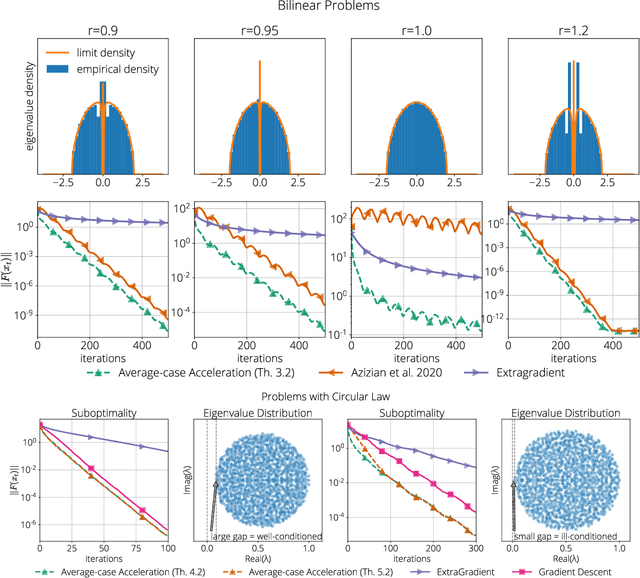
Abstract:Advances in generative modeling and adversarial learning have given rise to renewed interest in smooth games. However, the absence of symmetry in the matrix of second derivatives poses challenges that are not present in the classical minimization framework. While a rich theory of average-case analysis has been developed for minimization problems, little is known in the context of smooth games. In this work we take a first step towards closing this gap by developing average-case optimal first-order methods for a subset of smooth games. We make the following three main contributions. First, we show that for zero-sum bilinear games the average-case optimal method is the optimal method for the minimization of the Hamiltonian. Second, we provide an explicit expression for the optimal method corresponding to normal matrices, potentially non-symmetric. Finally, we specialize it to matrices with eigenvalues located in a disk and show a provable speed-up compared to worst-case optimal algorithms. We illustrate our findings through benchmarks with a varying degree of mismatch with our assumptions.
Average-case Acceleration Through Spectral Density Estimation
Feb 13, 2020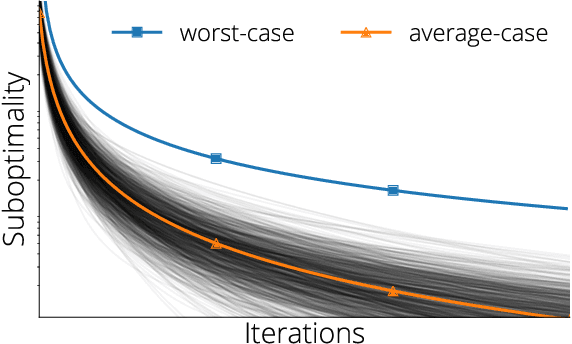
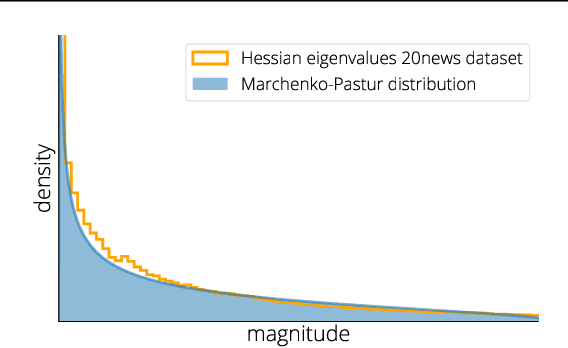
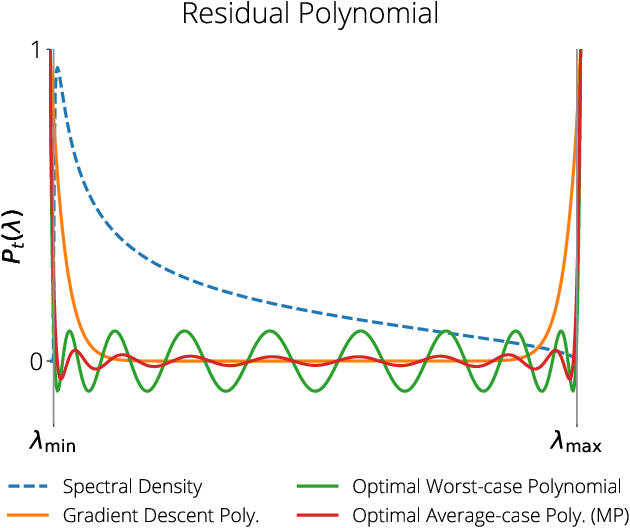
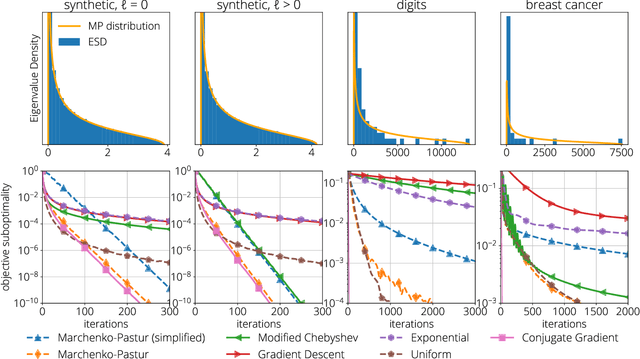
Abstract:We develop a framework for designing optimal quadratic optimization methods in terms of their average-case runtime. This yields a new class of methods that achieve acceleration through a model of the Hessian's expected spectral density. We develop explicit algorithms for the uniform, Marchenko-Pastur, and exponential distributions. These methods are momentum-based gradient algorithms whose hyper-parameters can be estimated without knowledge of the Hessian's smallest singular value, in contrast with classical accelerated methods like Nesterov acceleration and Polyak momentum. Empirical results on quadratic, logistic regression and neural networks show the proposed methods always match and in many cases significantly improve over classical accelerated methods.
Accelerating Smooth Games by Manipulating Spectral Shapes
Jan 02, 2020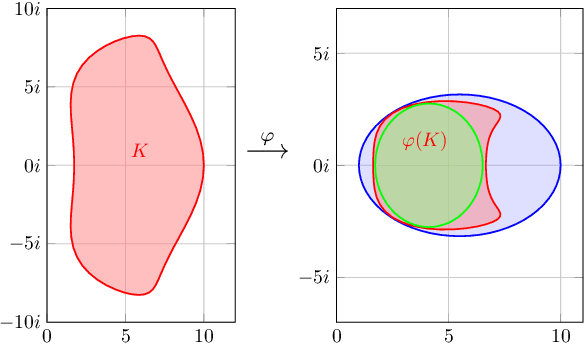
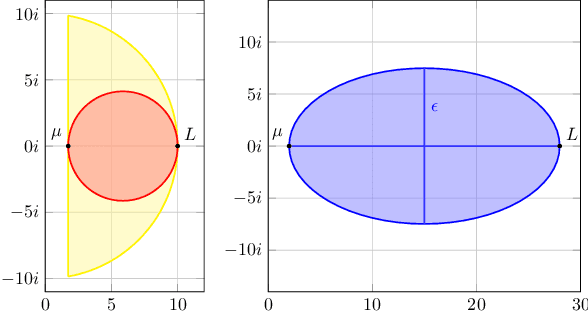
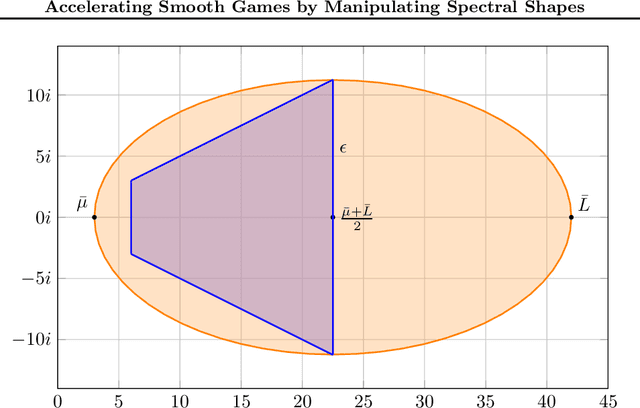
Abstract:We use matrix iteration theory to characterize acceleration in smooth games. We define the spectral shape of a family of games as the set containing all eigenvalues of the Jacobians of standard gradient dynamics in the family. Shapes restricted to the real line represent well-understood classes of problems, like minimization. Shapes spanning the complex plane capture the added numerical challenges in solving smooth games. In this framework, we describe gradient-based methods, such as extragradient, as transformations on the spectral shape. Using this perspective, we propose an optimal algorithm for bilinear games. For smooth and strongly monotone operators, we identify a continuum between convex minimization, where acceleration is possible using Polyak's momentum, and the worst case where gradient descent is optimal. Finally, going beyond first-order methods, we propose an accelerated version of consensus optimization.
 Add to Chrome
Add to Chrome Add to Firefox
Add to Firefox Add to Edge
Add to Edge